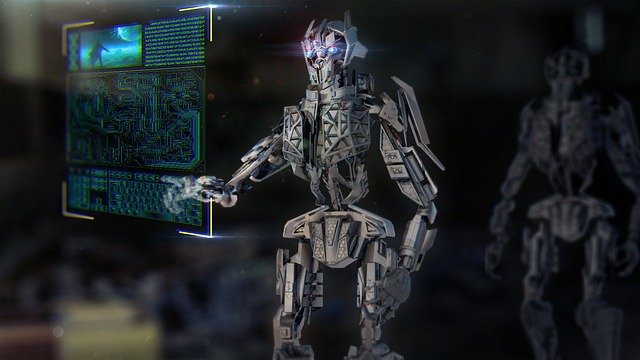The Creative Possibilities of AI Technology
Artificial Intelligence (AI) is rapidly becoming a ubiquitous technology, with applications in a wide range of industries and contexts. But what about its potential to be used creatively? In this article, we’ll explore the creative possibilities of AI technology, and how it could be used to generate new forms of art and entertainment.
AI and Music
One of the most exciting creative possibilities of AI technology is its potential applications in music. AI algorithms are already being used to compose original pieces of music, and to generate new sounds and effects. For example, the AI-powered music platform Jukedeck enables users to create custom tracks from scratch, and has been used to create soundtracks for films and video games.
AI can also be used to analyze existing music and generate new compositions based on the data. AI-powered software such as Amper Music can analyze a piece of music and create a new version of it, while still preserving the original’s creative intent. This could be used to create new versions of existing songs, or to generate entirely new music from scratch.
AI and Visual Art
AI technology is also being used to create visual art, with AI algorithms being used to generate images and videos. AI-generated art has already been used in a variety of contexts, from music videos and video games to advertising campaigns.
AI algorithms can be used to create images by analyzing existing art and generating new images based on the data. For example, the AI-powered platform Deep Dream uses an algorithm to analyze existing images and generate new ones based on the patterns it finds. The results are often surreal and dream-like, and can be used to create unique and eye-catching visuals.
AI and Storytelling
AI technology is also being used to create stories. AI algorithms can be used to generate stories from scratch, or to analyze existing stories and generate new ones based on the data. For example, the AI-powered platform Botnik has been used to generate scripts for films and TV shows, while AI-powered software such as Narrative Science can generate news stories from data.
AI can also be used to create interactive stories. AI algorithms can be used to create stories that respond to user input, allowing for more immersive and interactive experiences. For example, the AI-powered platform Quill has been used to create interactive stories that can be experienced in virtual reality.
Conclusion
AI technology is rapidly becoming an integral part of our lives, and its creative potential is only just beginning to be explored. AI algorithms can be used to create new forms of art and entertainment, from music to visual art to interactive stories. As AI technology continues to develop, it’s likely that we’ll see more and more creative applications of AI in the future.










